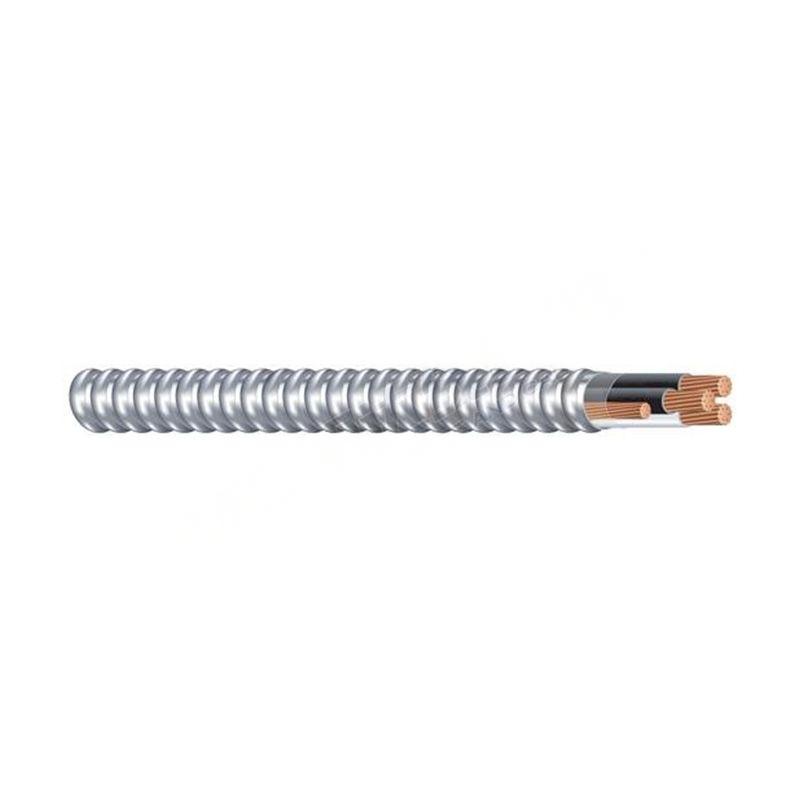Oktoba . 21, 2024 17:08 Back to list
Dismantling Joints for Ductile Iron Pipe Systems and Their Applications
The Importance of Ductile Iron Dismantling Joints in Pipe Systems
In the realm of civil engineering and construction, the choice of materials and components in piping systems is critical to ensuring both functionality and longevity. One such component that has gained attention for its reliability and robustness is the ductile iron dismantling joint. This article delves into the significance, applications, advantages, and installation practices of ductile iron dismantling joints, emphasizing their role in modern piping systems.
What is a Ductile Iron Dismantling Joint?
A ductile iron dismantling joint is a specialized fitting designed to connect two segments of pipeline while allowing for subsequent disassembly without the need for cutting or damaging the pipes. This unique feature makes it an essential component in systems where maintenance, inspection, or future adjustments may be necessary. Typically utilized in water distribution, wastewater management, and industrial piping applications, these joints offer a durable and convenient means of connecting pipes.
Advantages of Ductile Iron Dismantling Joints
One of the primary benefits of ductile iron dismantling joints is their robustness. Ductile iron, known for its excellent tensile strength and impact resistance, can withstand significant stress and strain, making it suitable for high-pressure applications. This durability leads to reduced maintenance costs and prolonged service life, as ductile iron is less prone to corrosion and wear than other materials.
Another significant advantage is their ease of installation and disassembly. Dismantling joints typically incorporate a series of flange connections, which can be easily bolted together or unbolted. This modular design simplifies maintenance practices; technicians can access various sections of a pipeline quickly and efficiently to perform inspections, repairs, or pipe replacements. This is particularly valuable in urban environments where excavating to replace damaged pipes can be time-consuming and costly.
Furthermore, ductile iron dismantling joints are versatile and compatible with a variety of pipe materials, including PVC, concrete, and steel. This adaptability allows engineers to design systems that can accommodate various construction materials while maintaining integrity and performance standards.
Applications of Dismantling Joints
Ductile iron dismantling joints are employed in various applications, including but not limited to
1. Water Distribution Systems These joints provide flexibility and ease of access for installing and maintaining water pipelines, ensuring a reliable supply of clean water.
ductile iron dismantling joint

2. Wastewater Management In sewage and stormwater systems, dismantling joints enhance access for cleaning, inspection, and maintenance, preventing costly blockages and backups.
3. Industrial Piping Manufacturing facilities rely on dismantling joints to facilitate quick adjustments and maintenance in critical processes that require uninterrupted operations.
4. Fire Protection Systems These joints allow for easy alterations and maintenance in fire suppression systems, ensuring that the systems remain functional and compliant with safety regulations.
Installation Practices
Proper installation of ductile iron dismantling joints is crucial for maximizing their effectiveness and lifespan. Here are some recommended practices to consider
1. Site Preparation Ensure that the installation site is well-prepared, with stable and level foundations. This minimizes uneven stress on the joints, reducing the risk of leaks or failures.
2. Alignment Proper alignment of the pipes before attaching the dismantling joint is vital. Misalignment can lead to stress concentrations and eventual joint failure.
3. Torque Specifications Follow manufacturer guidelines for torque specifications during the bolting process. Over-tightening can damage the joint, while under-tightening may lead to leaks.
4. Regular Inspection Once installed, periodic inspections should be scheduled to examine the condition of the dismantling joints, ensuring that any potential issues are addressed before they lead to significant problems.
Conclusion
Ductile iron dismantling joints play a pivotal role in the design and maintenance of modern piping systems. Their robust nature, ease of installation, and adaptability make them ideal for various applications, ranging from municipal water supply to industrial processes. As infrastructure ages and the demand for efficient systems grows, these joints will continue to be an integral part of reliable and sustainable engineering solutions. By incorporating ductile iron dismantling joints into pipeline design, engineers can ensure that systems are not only functional but also easily maintainable, ultimately leading to enhanced operational efficiency and reduced downtime.
Share